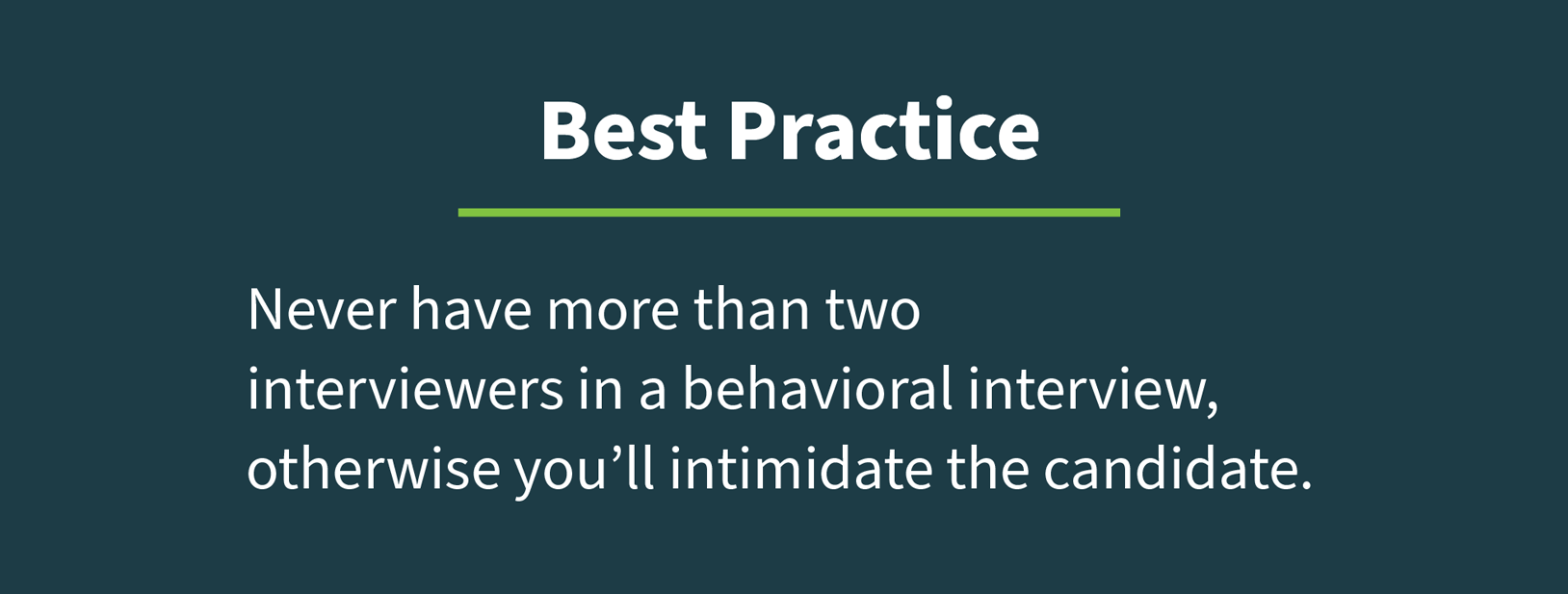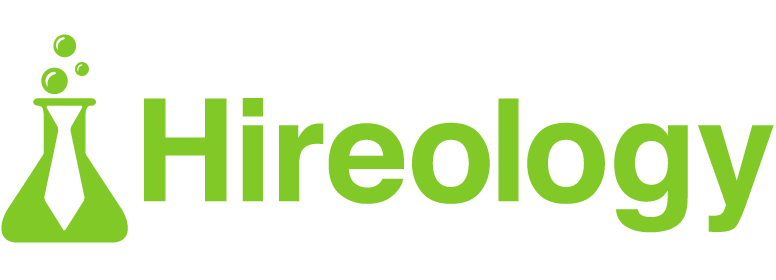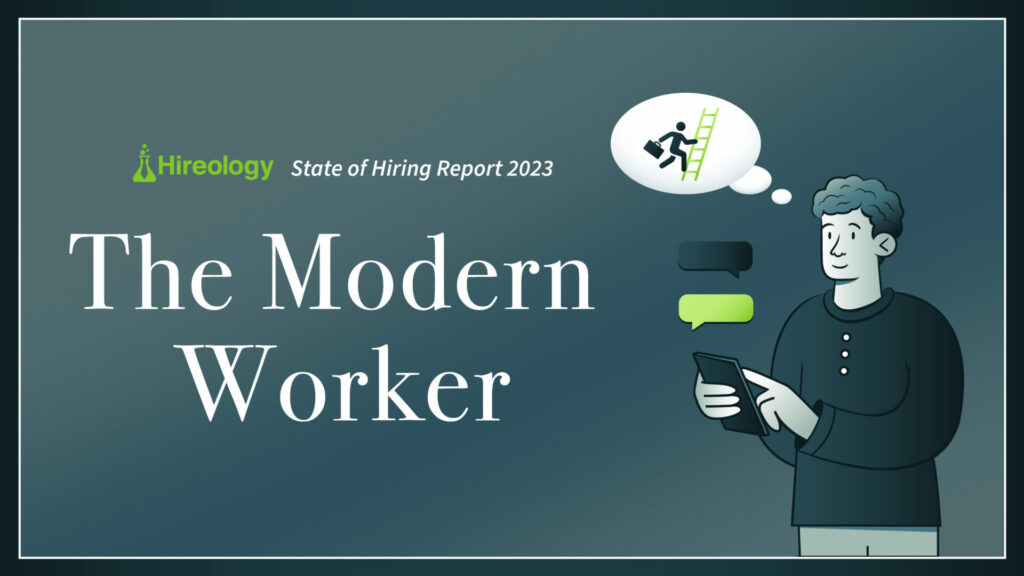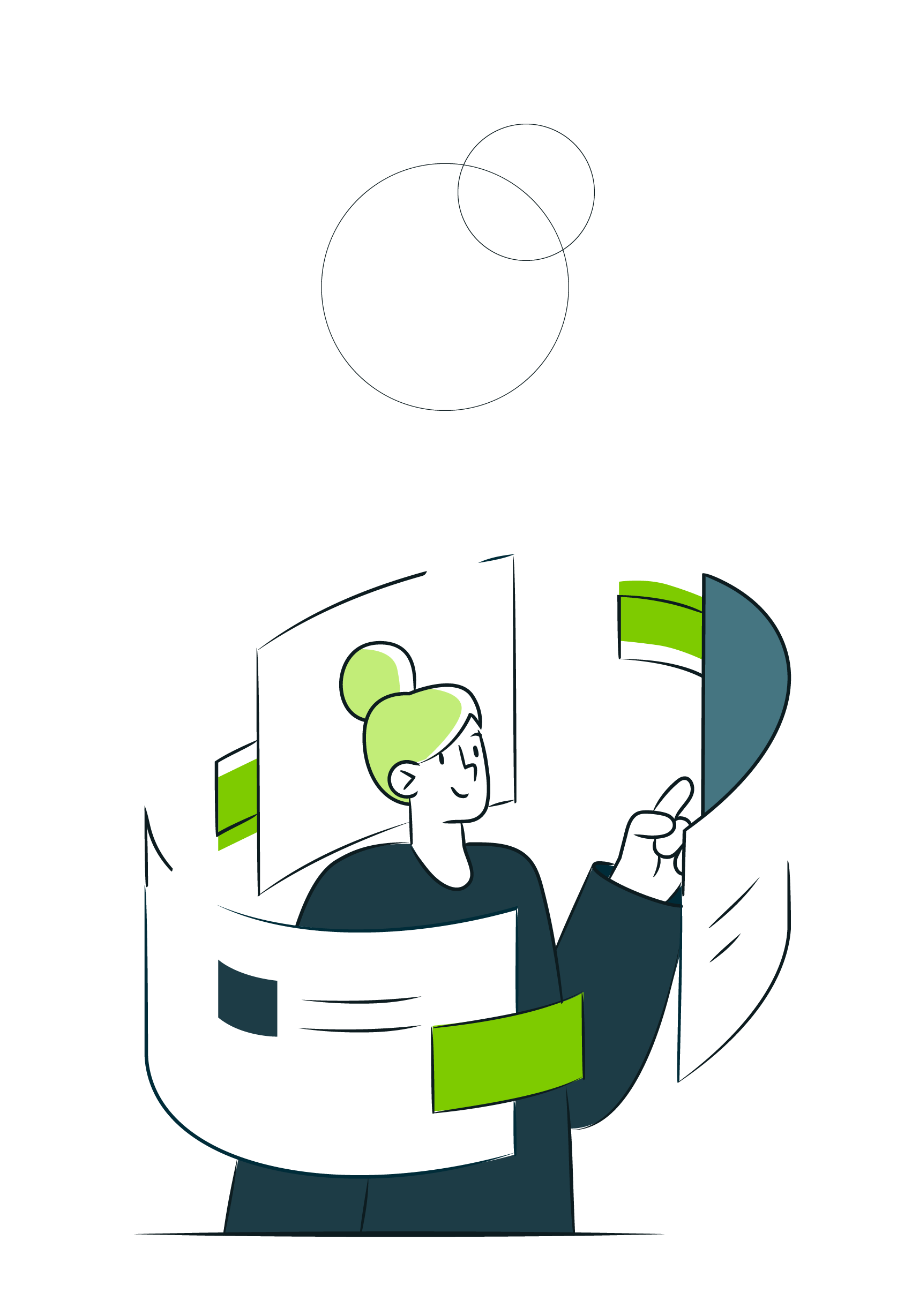Introduction
 It’s no secret that in today’s hiring market, standing out from the competition is imperative. Many employers have had to make major adjustments to their hiring process steps in order to attract talent, fill open roles, and keep their businesses running.
It’s no secret that in today’s hiring market, standing out from the competition is imperative. Many employers have had to make major adjustments to their hiring process steps in order to attract talent, fill open roles, and keep their businesses running.
One of the areas that can have the biggest impact on your ability to fill your open roles is the hiring process itself. This is the first impression the candidate will have with a living, breathing representative of the company culture; simply put, they’re interviewing you just as much as you are them.
In this hiring market, applicants do not need to wait weeks on end to hear back from a company they’re interested in, simply because they can make just as much — if not more — from working in the gig economy or quickly find another organization that needs people just as desperately. In fact, 42% of applicants have ghosted a potential employer because the hiring process was taking too long
.The more engaged a candidate is throughout the process, the more excited they’ll be about your company and the role they would play in it, and the more likely they are to accept an offer. The following guide offers an in-depth look at the hiring process steps that create a great candidate experience, along with tips and tricks you can add to stand out and hire better people faster.
What hiring process steps make a great procedure?
Candidate experience
We can’t emphasize how important catering to the candidate experience is, as it can sway top talent to make the decision between one company and another. When you delight the candidate during the hiring process steps by making them as streamlined and organized as possible, you decrease the likelihood of them ghosting an interview. You need to stand out in the midst of thousands of other companies, all clambering for the same limited pools of top talent. One of the best ways to do that is by specifically catering to the candidate during the interview and hiring process.
Don’t think B2B — consider P2P
We’ve all heard of business to business (B2B) communication, but when you’re interviewing, you need to think in terms of P2P: person to person. You’re not just listing all of the benefits and perks that come along with a role at your company, you’re talking to your future officemate, lunch buddy, and team mate. Interviews are the perfect chance for recruiters to get a better feel for the person behind the application. The difference between conducting a phone screen versus a video call is palpable; every interaction with the candidate should feel as natural as speaking with a coworker. Which leads us to our next point…
Recruiting — and hiring — is personal
Offering someone a position with your company can be what turns someone’s life around — or be the next accolade they proudly list on their resume. Either way, a new job is a milestone for them and your company. Great recruiters know that there is a balance to maintain during the interview process between letting the company feel confident in their hiring decision while also letting the applicant feel comfortable with the company too. A good interview should flow like a good conversation; all of your main questions should be answered either directly or indirectly, and your teams should be prepared to return the favor.
Reel them in quick
In this hiring market, your recruiters do not have the luxury of time during the hiring process steps. Top talent does not stay on the market long; in fact, surveys have shown that from application submission to offer letter, the turnaround time has decreased to just under two weeks. Recruiters need to be able to trust their guts when it comes to hiring, but also be cognizant of any biases they may subconsciously hold. To ensure that your team makes equitable hiring decisions, we suggest frequently requiring diversity training to hiring managers so they can hire with confidence.
For a deeper dive into what the modern job seeker expects during the hiring process, take a look at The Modern Worker.
The four interview stages
No matter whether you’re looking for someone with the mechanical skills to be a technician at a dealership or someone with the bedside manner necessary to be a caregiver, there are roughly four stages that naturally occur in the interview process.

Stage one:
phone screen
This is the briefest of the interview stages, compared only to the close down call. For the first contact with a candidate, it is best practice to do a phone screen to avoid biases. As humans, your mind makes snap judgments about others in roughly seven seconds. It takes a lot of rewiring and training to circumvent this hardwired habit, but with proper training and careful measures in your interview process your hiring team can start hiring a more diverse team quicker than ever before.


Stage two:
behavioral and
technical tests
This is the stage where your hiring managers can assess what the candidate’s character is like and whether or not they can perform the duties of the job. Technical tests, like answering questions about certain vehicles or the proper CPR procedure, gives your team valuable insight into their working expertise in their potential positions. Behavioral interviews, on the other hand, lets your team know how the candidate will mesh with other employees based on their answers. At Hireology, we conduct behavioral tests as panel interviews with peers who will be working closely with the candidate. If candidates need to complete both tests, do the technical test first so you can weed out applicants who may not have the knowledge necessary for the role.

Stage three:
the finale
The third stage is the fun part of recruiting — extending an offer to the candidate. Before your recruiters send off an email, take the time to make another phone call with the candidate. This additional phone call allows for your recruiting team and the candidate to make sure they’re on the same page regarding salary, benefits, and any other important details regarding onboarding before they sign the paperwork. Then, once you’ve confirmed that they’re still interested in the position, send the offer over. If your business requires the candidate to pass a drug screening test and/or undergo a background check, use this opportunity to bring it to their attention so they can start onboarding as quickly as possible.

Stage four:
close down call
The hiring process isn’t over once you’ve received their signed offer letter. That’s why the fourth stage, the close down call, is so important to the modern hiring process. This call serves as an opportunity to conduct a “temperature check” with the candidate to make sure that they’re still highly interested in joining your team. During the call, your recruiter should talk like the candidate has already been hired; this is a more subtle way for them to gauge how excited the applicant is about landing the role. By staging the call as a way to make sure the candidate is prepared for their first day, you can also gently remind them to complete any onboarding paperwork, background checks, or drug screening tests your department still needs from them.
General Hiring Process Steps
Application submission
Simply enough, the hiring process begins once a candidate submits their application. By having applicants fill out screening surveys regarding their experience and communication methods, your hiring team can weed out unqualified candidates quickly.
Recruiter’s introduction
Once the candidate’s application has caught the eye of a recruiter, it’s time for the introduction call. During this brief phone call, the recruiter may ask questions like:
- Can you tell me about yourself and your experience in this field?
- Are you vaccinated?
- How comfortable are you working from home?
- How did you hear about us?
- What made you interested in us?
- What are your salary expectations?
- What would be your potential start date if you were offered this position?
Your team needs to be confident in their roles as recruiters. Not only do they need to know the ins and outs of interviewing, but they also need to be familiar with the roles they’re hiring for. That way, when a superstar candidate comes along, they can identify and move them through the process quickly.
Skills testing
During this section of the interview process, you can go more in depth with the questions you ask regarding their experience and what technologies they are familiar with. For instance, if you’re hiring for a mechanic, having a senior mechanic ask them questions about commonly seen issues can help your hiring manager determine if they have the knowledge necessary for the position. Or, for the sake of time, you could have candidates answer questionnaires or tests online rather than add another interview on their calendar.
Some businesses may find that using a combination of literal tests followed by skill-focused questions in their next interview can provide valuable insight to a candidate’s skillset. For example, you can combine tests with interviews by having a sales candidate walk the hiring team through a mock pitch, followed by the interviewers asking questions about the presentation to further assess the candidate’s ability to think on their feet.
Situational and behavioral interviews
This portion of the interview process helps your recruiters and hiring managers determine if the candidate will mesh well with the current team. Typically, most businesses will conduct these situational interviews with peer panels, as mentioned earlier. By having two interviewers in the session, you have additional insight into how the candidate communicates and responds quickly to questions. Soft skills are necessary in employees, no matter what level of the organization they are in.
Background checks and drug screening tests
As much as we encourage you to trust your gut when it comes to hiring, you just can’t risk being held liable as a business for an employee’s reckless behavior on the job. Some industries, like healthcare and automotive, require applicants to pass a background check and/or drug test as part of the hiring process. Background checks can be conducted at any point in the hiring process steps, but are most typically seen towards the end when candidates are extended an offer to work with the company. This trend is also reflected in drug screening tests, as some states require that offers for employment be made and accepted before conducting one.
What changed?
Power shifts
Part of the reason the hiring process has moved to a people-first paradigm is because candidates have more power than ever before when it comes to deciding where to work. If their current employer doesn’t offer the flexibility or benefits they need, candidates are simply turning to the gig economy or other flexible working options to fulfill their preferred lifestyle.
Convenience is a priority, not a preference
While we harp on how convenient communication and the interview process needs to be for candidates, it’s no longer an option. People have become accustomed to expect convenience in their lives. We can order any kind of food we want from our phones or schedule a rideshare pickup within minutes. If your hiring process isn’t just as convenient, you’ll lose candidates fast. When you make the hiring process easier and more convenient for applicants, your business can keep great candidates interested and engaged and hire a full staff faster
Faster hiring decisions
You can’t keep a candidate waiting for a month to hear back on whether they received the position or not. Given how many options folks have for work these days, if you’re taking more than a day or two to respond after every step, they’ve already accepted a role elsewhere. Your hiring team needs to have repeatable processes in place so they can move quickly to secure the candidate.
Tips and best practices
We’ve covered a lot of information about what a hiring process should look like, but we have a few more best practices and tips for you to keep in mind as well.
- Give the candidate a rough estimate of how long the interview process should take, but don’t set any restrictions on how many interviews there will be. Having a short interview process is important, but your team should be able to lengthen it should they need more from the candidate to make an informed hiring decision.
- Along that same idea, mapping out the interview process for the candidate helps your team maintain the flow of the process while giving high-level expectations for the candidate. No one likes surprises — least of all, candidates.
- When you send your offer letter, send any background checks as well so your team can get the ball rolling on digital onboarding.
- There is no one-size-fits-all solution for recruiting or hiring — your team needs to experiment to find the right blend of strategies for your company.
- Capturing EEOC data on initial applications is a great way to measure if your company’s DE&I efforts are paying off.

In conclusion
Hiring is hard enough as it is — there’s no need to complicate it any further with a clunky process. Identifying pain points and recalibrating your hiring process steps periodically aren’t signs that something is wrong; in fact, it shows that your business is growing. The best time to streamline your hiring process was yesterday, but we can help you get started today with a free demonstration of Hireology.




